| |
5.2 e-LIP model structure
We know that in the e-LIP model, the four components are: economics, learning, innovation, and performance.
In order to explore the relationships between these components, we need to understand the inner-structure of each component.
It can not be over-emphasized that: these are our under-working works, we are open to feedbacks for refining this model. So, your input is valuable and deeply appreciated by us.
1. The components of economics
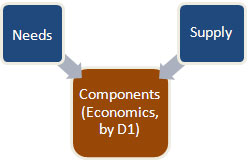 |
By categorizing from dimension 1, I can get two fundamental components: needs and supply. By choosing this dimension, I hope to examine learning, innovation, and performance with the lens of how well certain needs are satisfied.
|
2. The compoents of learning
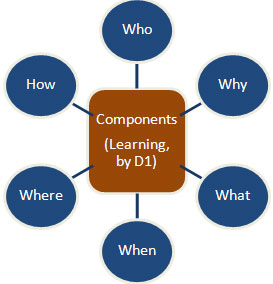 |
By dimension 1, I hope to examine learning in terms of a complete and complex picture. Learning sciene needs to be established with a systematic approach. 5W1H would be a good start for figuring out a systematic approach. |
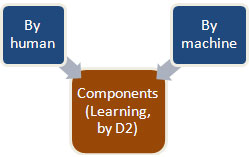 |
By dimension 2, I hope to explore the best solutions on how machine/IT can play a role in facilitating human's learning. What need/had better to be done by each side (human or machine), when, where, and why? |
3. The components of innovation
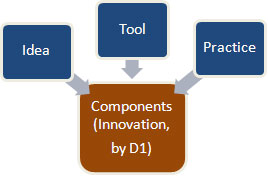 |
By dimension 1, I feel that innovations can be categorized as these three types. Often there are gaps between and among ideas, tools, and practices. So, I hope to address these gaps, and bridge them. Another reason is that these three elements promote each other |
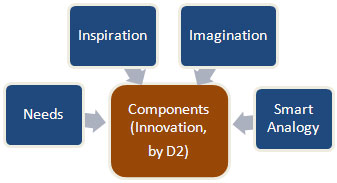 |
By dimension 2, I hope to systemize a method of learning and applying innovations. These four components have been my way of generating an innovation, so I think that might enlight your efforts of generating an innovation. |
4. The components of practice
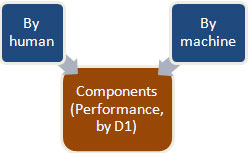 |
By this dimension, I hope to explore that inside a performance support system: How human and machine can collabroated, not only in terms of the perfroming tasks, but also in terms of the teaching/tutoring tasks. |
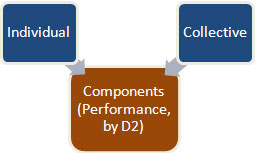 |
By this dimension, I try to connect individual and collective performance more closely. |
- Login to post comments
